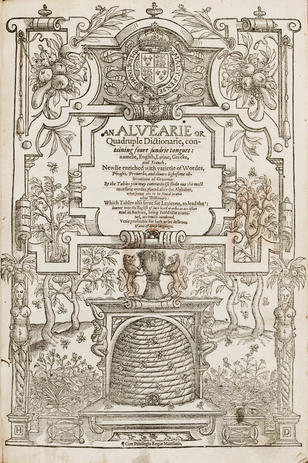I’ve just caught up with the inspirational video that the British Library has made to celebrate the opening of its new ‘Newsroom’, which brings its enormous archive of newspapers, dating from the seventeenth century to the present, to the main library St Pancras. (Previously, the newspapers were hived off in a separate facility at Colindale in North London). In fact, in a typically modern paradox, the real newspapers are being moved to Boston Spa in Yorkshire, where they can be preserved in a low-oxygen environment, while digital reproductions are made available in London. (Apparently the paper versions will be available on request).
What is most wonderful/shocking about the video, for me, is the fact that it features *digital* microfilm readers. Anyone who has visited a county record office will be familiar with these frustrating machines, to which you are directed whenever the original material is deemed to fragile for consultation. They are something like those old-fashioned, two-spool tape-recorders that disappeared from view at some point in the 1960s or 70s (the ones that bulk large in Francis Ford Coppola’s film The Conversation and Samuel Beckett’s one-man-play Krapp’s Last Tape). The first challenge is to work out how to get the reel onto the spool, so that you can start to move through the document–usually you begin by putting it on upside-down, or back-to-front, and you have to do various mental and physical gyrations to correct your mistake. Then, when you’ve sorted that out and found the right page, you’re confronted with a depressingly grimy image that gives you an instant headache when you try to read it (see below for a sample). The idea that new technology might render the whole experience palatable or even pleasurable is extraordinary–and might just do something to stop all that celluloid ending up in landfill.

